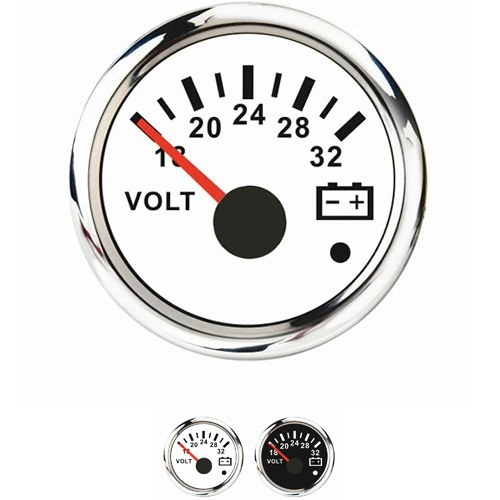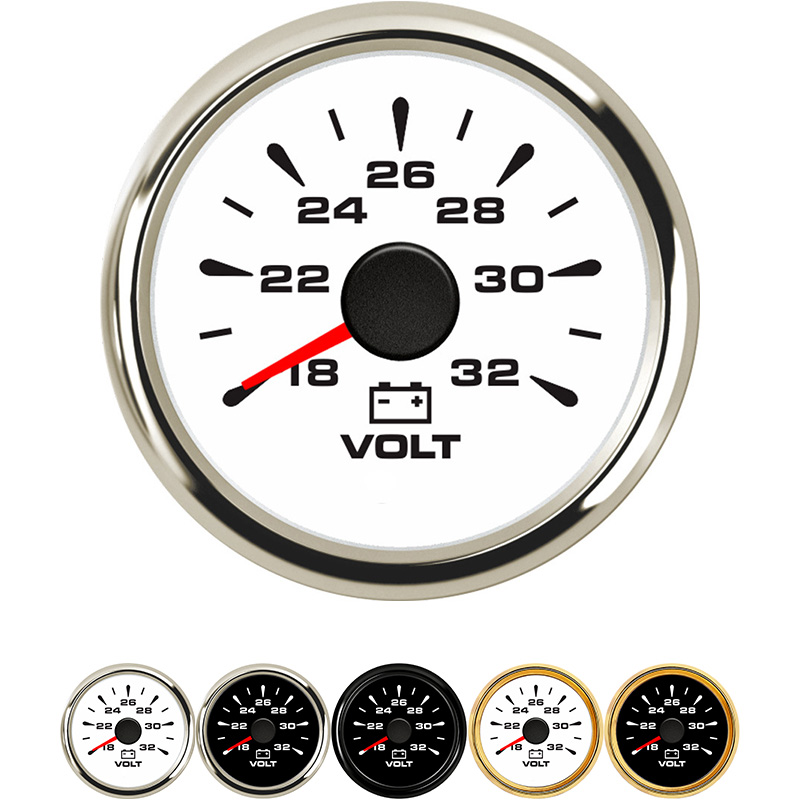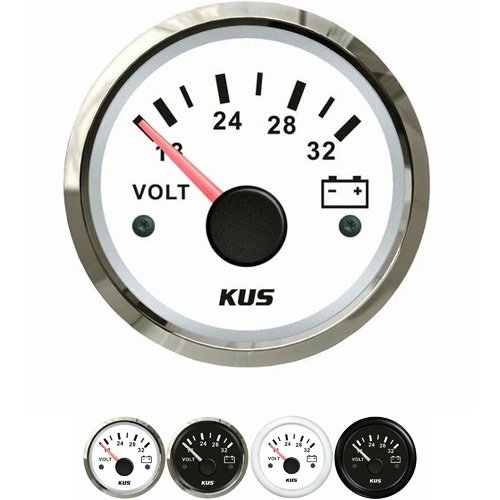boat voltage gauge reading high
The boat voltage gauge reading high , first, use a multimeter to measure the real voltage value of the battery when starting the boat. The normal voltage value of a single battery should be about 2.6V lower than the battery voltage when starting (because the starter consumes a large part of electricity). If the voltage value is normal, consider the fault of the instrument itself. If the voltage is too high, check whether the boat's generator itself (regulator) is damaged. If the generator starts to generate electricity at the moment when the ship starts, the peak voltage will be generated, which is normal.
Generally, the primary charge of marine lead acid battery is intended to be the main charge, and it will be changed to floating charge after reaching the rated voltage. When the floating charge makes the battery voltage rise to about 115% of the rated value, the charging device should be turned off to stop charging. If the battery voltage is too high during initial installation, it may be overshoot. If the over-voltage of the battery exceeds 15% after use, the generator voltage regulator may be damaged, causing the battery to continue charging after the charging voltage exceeds the specified value, and eventually over-voltage occurs.
The batteries used on the ship are all starting lead-acid batteries, which are mainly used to provide electric energy for the starter when the ship starts. It is characterized by shallow charging and discharging, and self discharging. Therefore , the battery must be kept fully charged during use, otherwise its service life will be greatly shortened . The nominal voltage of the marine battery is 12V, which is actually higher , about 12.5V . When the battery voltage drops by about 10%, that is, about 11.3V, it is difficult for the ship to start. If it drops to about 10.9V, the battery power is almost exhausted. So the so-called battery is out of power, not that the battery voltage has dropped to 0V, but that the remaining electricity is not enough to support an effective circuit to work normally. Generally speaking, when the battery is completely discharged and then recharged, it can only be charged to 80% of its original capacity at most. If there are more than three complete discharges, the battery will be difficult to recover. Therefore, excessive discharge will do great harm to the battery.
 English
English 






Get a Quote / Info